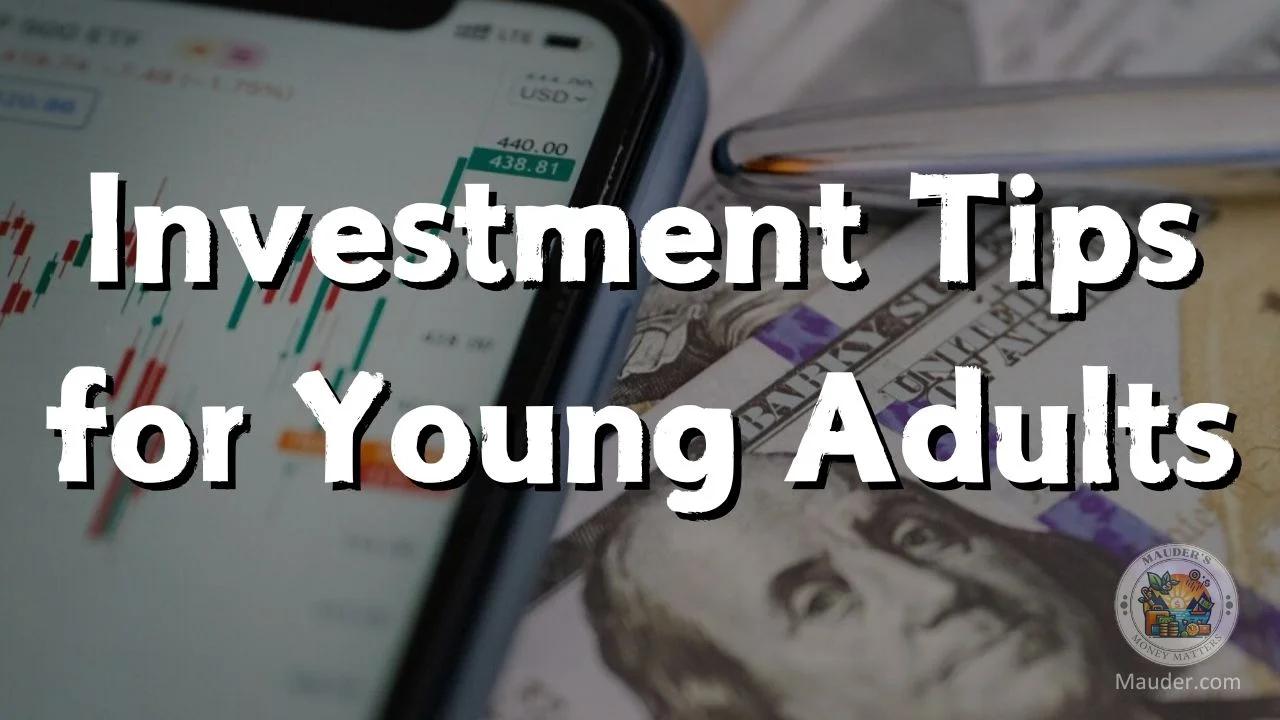My journey into investing started with a critical look at my own finances. For anyone getting into investing, this is a crucial first step. Here’s what I learned.

Prioritizing debt payoff, especially high-interest debt, is essential. You’ll likely find the return on paying off these debts is higher than most investments you could make. This means tackling credit card balances, personal loans, and other high-interest debts before funneling cash into stocks or bonds.
Next, consider your liquidity needs by establishing an emergency fund. I recommend saving at least three to six months’ worth of living expenses. It serves as a financial safety net that keeps you from dipping into investments, which could incur losses or penalties.
Lastly, get clear on your financial goals and risk tolerance. Are you saving for a short-term goal, like a trip, or a long-term one, like retirement? Your investments should match these goals. Understanding the level of risk you’re comfortable with is key too. It will guide your investment decisions, helping you sleep better at night, knowing your portfolio aligns with your preferences.
Smart Investment Choices for Young Adults

A good starting point for any young adult venturing into investments is to consider mutual funds and Exchange-Traded Funds (ETFs). These investment vehicles offer an easy way to achieve diversification, which is key to managing investment risk. By pooling money with other investors, you’re essentially spreading your bets across various assets. Think baskets of stocks or bonds.
Another aspect to capitalize on is the power of compound interest, especially within retirement accounts like 401(k)s or Roth IRAs. By investing early, even small contributions can grow significantly over time; it’s like planting seeds that grow into a robust tree. Young adults often have the advantage of time, so starting your retirement fund as soon as possible is a strategic move.
Index funds also deserve a mention. They track specific benchmarks, like the S&P 500, and are known for their lower fees. Investing in index funds means your portfolio mirrors the overall market’s performance, thus taking a lower-cost, passive management approach.
While funds are generally a safer route, adding individual stocks can fine-tune a portfolio. Just be sure to research and choose companies with solid fundamentals, and don’t allocate more than you can afford to lose. Remember, owning individual shares means you’re taking on more volatility for potentially higher returns.
For those who prefer a more hands-off approach, robo-advisors are a hot tip. These automated platforms manage investments using algorithms based on your goals and risk tolerance. It’s a straightforward and often cost-effective way to grow your wealth without having to become a stock market whiz.
Mitigating Risks: Strategic Moves for New Investors

Investing isn’t without its ups and downs. The market can shift quickly, and it’s my responsibility to suggest ways you can avoid letting these fluctuations knock your goals off course.
A key habit to develop is the regular review of your investments. This doesn’t mean reacting to every market dip or spike but ensuring that your portfolio continues to align with your financial objectives. I do this myself by checking in quarterly, adjusting as necessary to maintain a course true to my risk tolerance and long-term goals.
Speaking of the long-term, it’s your anchor in the shifting tides of the stock market. While it may be tempting to chase after immediate returns, history has shown that patience often pays off. Ensure that you’re in it for the long haul and avoid making impulsive decisions based on short-term volatility.
Another approach I recommend is dollar-cost averaging. By investing a fixed sum regularly, you’ll purchase more shares when prices are low and fewer when prices are high. This strategy can help manage the risk of investing a large amount at the wrong time and is an excellent way to build investment discipline.
Next, I’ll talk about the importance of staying informed. You’ve set up your investments and learned to navigate market volatility, but there’s more to do. Investment is not a ‘set it and forget it’ affair; it requires ongoing education and adaptation. Let’s move on to how continuous financial education can further your success.
Staying Informed and Adapting: Continuous Financial Education

I’ve laid out why engaging with your investments actively can fortify your financial foundation. But robust portfolios aren’t static; they grow and shift with knowledge. My advice is this: commit to learning. Financial markets are influenced by world events, and understanding these impacts is crucial. Stay on top of market news and trends to make informed decisions.
Don’t just consume information—analyze it. Plenty of tools and resources are available for the self-driven learner. Online courses, investment simulators, and financial news platforms are at your disposal.
Networking should be part of your strategy. Seek advice from seasoned investors and maybe find a mentor. Exchanging ideas with peers can reveal insights and forge valuable connections that could shape your investment journey.
Lastly, remain adaptable. Life will change—sometimes unpredictably—and your investment strategy might need to change too. Annual portfolio reviews are good, but adjustments in response to significant life events or financial changes are often necessary. Keep your strategy as dynamic as you are and remember that flexibility can be a solid asset in your financial arsenal.
I firmly believe an investment in yourself, and your education will pay the largest long-term dividends. Learning to start your own online business is the best way to develop in “Income Producing Asset” that you own and one that will pay you for years to come. I invite you to check out Wealthy Affiliate University by creating a free account. Click here to begin your Wealthy Affiliate journey today, and I’m confident you’ll soon be sharing your own success story. Wealthy Affiliate isn’t just about building businesses; it’s about cultivating a future!
** Here’s a little transparency: Our website contains affiliate links. This means if you click and make a purchase, we may receive a small commission. Don’t worry, there’s no extra cost to you. It’s a simple way you can support our mission to bring you quality content. **

